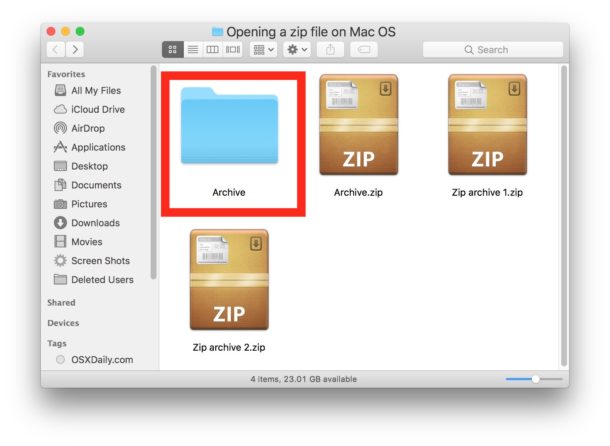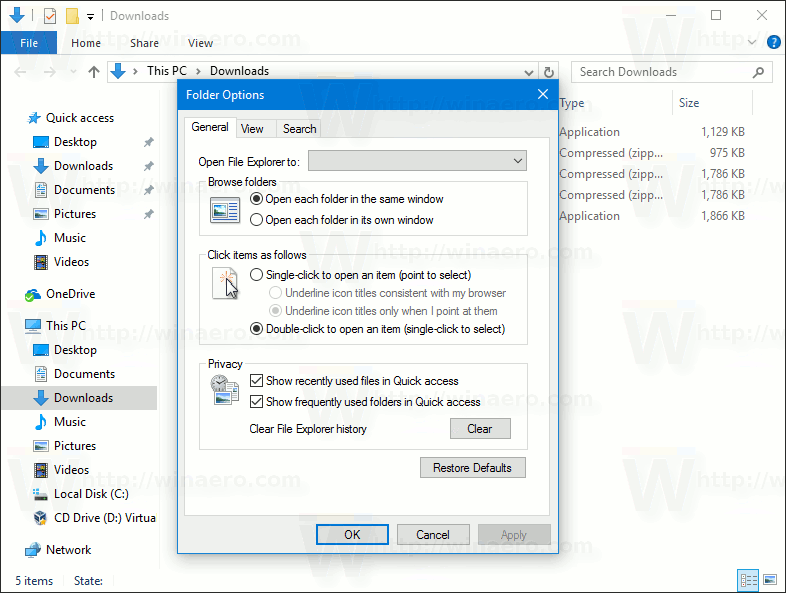Download File Open For Mac
- Download File Open For Mac Os
- Download File Open For Mac File
- Download File Open For Mac Windows 10
- File_open In C
How To: Open.rar files on Mac How To: Monitor CPU usage on a Mac OS X computer with MiniUsage How To: Use the Apimac Timer countdown app on a Mac OS X computer How To: Delete files securely in Mac OS X Leopard How To: Run a Virtual Machine of Mac OS Leopard on a PC. Follow these steps to open zip files on Mac: Click the Unzip button. From the drop down menu, choose to unzip your files to this Mac, iCloud Drive, Dropbox or Google Drive. A 'Finder style' window will open. You can browse to the folder where you want the files saved. Choose to unzip the Entire Zip file. File Opener is an application that allows you to see detailed info about a file and repair the file extension. The program supports file preview without any other application. However, all compatible apps installed on your Mac can open the selected file. Files downloaded to the Mac's hard drive from Safari deposit themselves inside of a folder. The location of the downloads folder is set by default, but you can change it. To locate a downloaded file, you can use the Spotlight utility built into your Mac's OS X operating system.
2 file types use the .mac file extension.- 1.MacPaint Image
- 2.Application Macro File
File Type 1MacPaint Image

| Developer | Apple |
| Popularity | |
| Category | Raster Image Files |
| Format | Binary |
What is a MAC file?
Bitmap graphic created by MacPaint for the Macintosh, one of the first painting programs for the Mac; supports only black-and-white graphics since the original Macintosh had a monochrome monitor.
Open over 300 file formats with File Viewer Plus.Programs that open MAC files

File Type 2Application Macro File
| Developer | N/A |
| Popularity | |
| Category | Executable Files |
| Format | Text |
.MAC File Association 2
A MAC file contains a macro, which may be created by various programs, such as UltraEdit, Minitab, and Cabrilog Cabri Geometry II. It contains a list of commands in plain text that are used to perform functions in the respective application. MAC files can be opened by the programs that created them.
Macros are especially helpful for automating repetitive tasks. Users can record various types of functions, whether it be inserting a snippet of information, performing edits to an image, or calculating an equation, then execute them at a later time with just a couple mouse clicks or key combination.
When saving a recorded function, the MAC file is created to store the commands that were performed to complete the function. The commands are stored in plain text in the MAC file and can be opened and edited by a text editor. However, a macro stored in a MAC file can only be executed by the program used to create it.
NOTE: MAC files are potentially dangerous files because they may be used to store malware. It is important that you verify the source of a MAC file before opening it. Heroes 3 for mac torrent.
Download File Open For Mac Os
Programs that open MAC files
Files you download from the Internet are often compressed or zipped so that they take up less space and arrive much faster than files that haven’t been compressed. You can easily identify compressed files by their extensions, such as .zip (a common standard used in OS X and Windows) and .sit. Before you can use these files, you must learn how to unzip files on mac computers for proper access – luckily the process isn’t that complicated!
How to unzip files on mac computers

Unzipping a file on a mac computer is user-friendly and intuitive. To unzip files on a mac, simply follow the steps below:
Download File Open For Mac File
- Double click the zipped file.
- The file will automatically be decompressed by Archive Utility into the same folder the compressed file is in.
- Access the extracted files by clicking the appropriate icons.
Download File Open For Mac Windows 10
Alternatively, if the method above does not work, you can right-click on the .zip package, and select Open With > Archive Utility (default).
Apple and third party software
Apple used to include a program called StuffIt Expander to decompress zipped files, but doesn’t now that OS X lets you unzip files (but not .sit files). However, StuffIt from SmithMicro Software still comes in handy for opening other types of compressed files, notably the .sit or .sitx compressed types. Go to www.stuffit-expander.com or www.stuffit.com/mac/index.html to download a free version of the software or to splurge for the Deluxe version. In addition to compressing files, StuffIt Deluxe lets you encrypt and back up files.
File_open In C
Meanwhile, you can archive or create your own .zip files through OS X, which is useful if you’re e-mailing a number of meaty files to a friend. Right-click (or Ctrl-click) files you want to compress inside Finder and choose Compress Filename. The newly compressed files carry the .zip extension. The archive is created in the same location as the original file and is named originalfilename.zip. You can also choose File→Compress. If you compress a lot of files at once, the archive takes the name Archive.zip.
By default, compressed files are opened with the Archive Utility. It appears in the Dock (in Leopard) while the files are being unsqueezed, unless you choose to open them with Stuffit Expander or some other program.
How to zip files on a mac
On the flip side, you can also archive or create your own .zip files through OS X, which is useful if you’re e-mailing a number of meaty files to a client or friend. Follow the step-by-step instructions below to easily zip files on a mac:
- Right-click or Ctrl-click the multiple files you want to compress (whether on the desktop or inside the Finder).
- Select Compress Filename from the pop-up menu.
- The files are now compressed in a .zip extension and the archive is created in the same location as the original file name, except with the .zip appended to its name.
On some Apple computers, you can also compress a file by simply choosing File→Compress. If you compress a lot of files at once, the archive takes the name Archive.zip.
